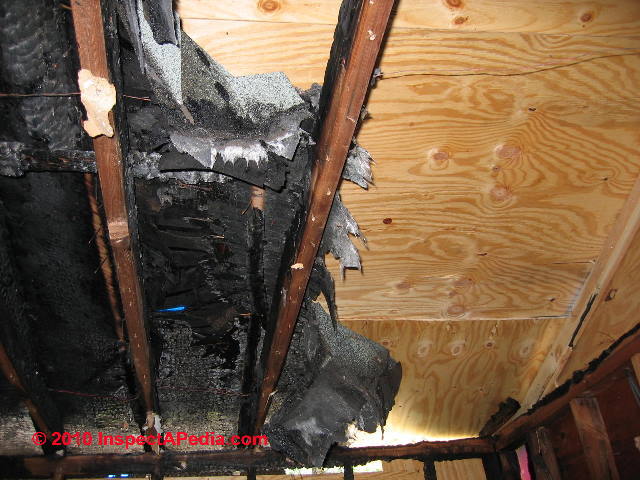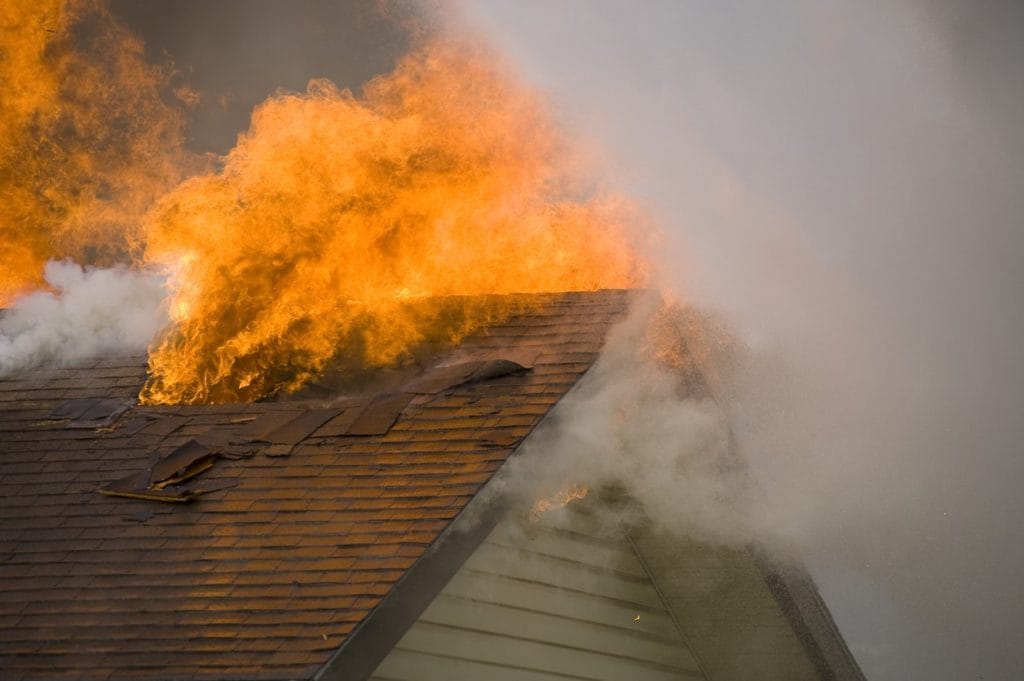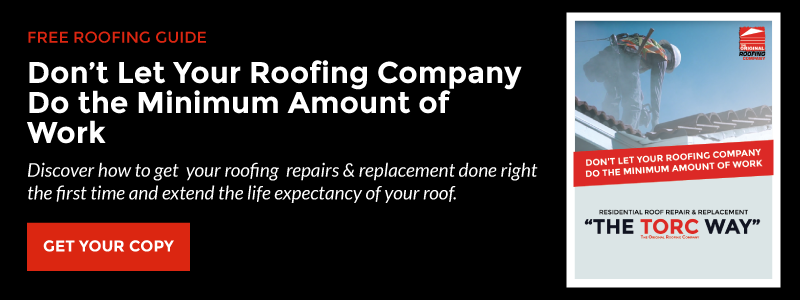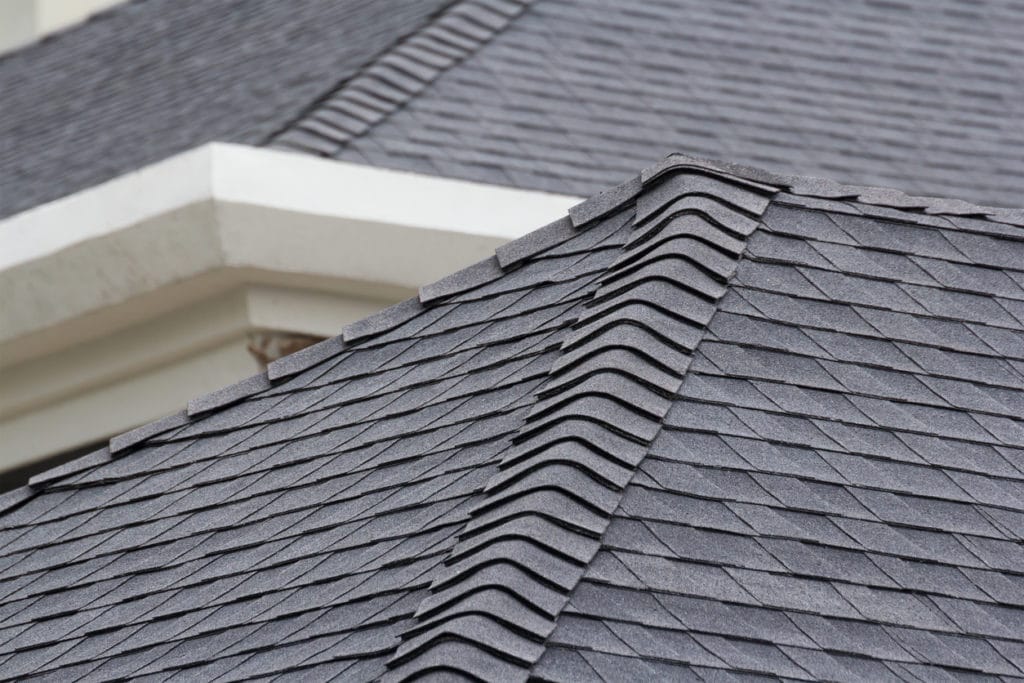Fire Retardant Roof Covering Class C

Class a designates resistance to relatively severe fire test exposure.
Fire retardant roof covering class c. Each requires a spread of flame test and a burning brand test. Roofing with a class c rating is able to. Pressure treated shakes and shingles are the most common roofing materials to fall under the class b rating. Burning a brand on a roof deck.
The class c brand is about the size of an ice cube. A common misconception about roofs fire ratings is that building codes require class a. Installa tion instructions will include use of an additional material under the aluminum covering in order to receive the class a by assembly rating. Certain roof system types can be consid ered class a without testing based on their.
Over non combustible roof decks such as steel poured gypsum or concrete only the spread of flame on the top surface of the roof system is evaluated. Withstand a burning brand measuring 1 5 x 1 5 and weighing 1 4 gram. Flame spread 26 to 75 other fr surface coatings class c or iii. Experience maximum flame spread of 13 feet.
Because of its low melting point it must be tested. Astm e108 defines fire test methods for roof coverings. And class c designates resistance to relatively light fire test exposure. Class a b and c designations.
Class c roofing provides only light fire protection. E108 defines the following conditions. Flame through to the underside of a roof deck. Class c fire resistant roofing material obviously since wildfires and the fire season has become increasingly worse it is important to note the roofing materials that are the lowest rated.
Class b designates resistance to relatively moderate fire test exposure. A standard fire test is used to determine the fire rating of a roof covering. A fire resistant rating e g a class a class b or class c fire resistant rating. Wood shake plywood or particle board roof are the most common roofing types listed as class c.
Under such exposures roof coverings of this class are not readily flammable afford a measurable degree of fire protection to the roof deck do not slip from position and pose no flying brand hazard. Tested roof systems are fire classified class a b or c where the most fire resistant roof assemblies are class a and class c is least resistant. Flame spread 25 or less frtw some fr surface coatings class b or ii. Class c fire retardant treatment a product that is effective against light fire exposures.
An exception to this general rule is an aluminum covering. Class a or i. The flame spread categories are as follows per astm e 84 ul 723. The maximum flame spread is 6 feet for a class a rated roof 8 feet for class b and 13 feet for class c.
Building code fire resistance requirements. If wood shakes and shingles are impregnated with fire retardant chemicals they meet the requirements for a class b fire rating and can meet a class a rating if additional materials are included in the roof assemblies. These tests may be conducted at ul inc fm global or any other certified testing laboratory. Square sticks nailed together with sticks in the middle later running perpendicular to the outside layers.













































